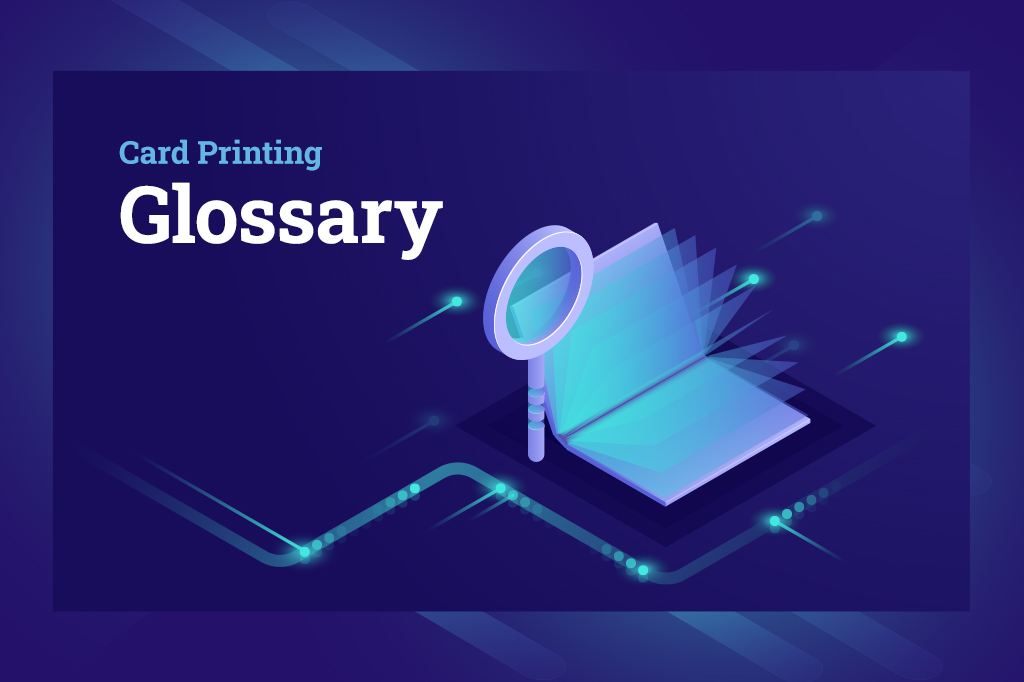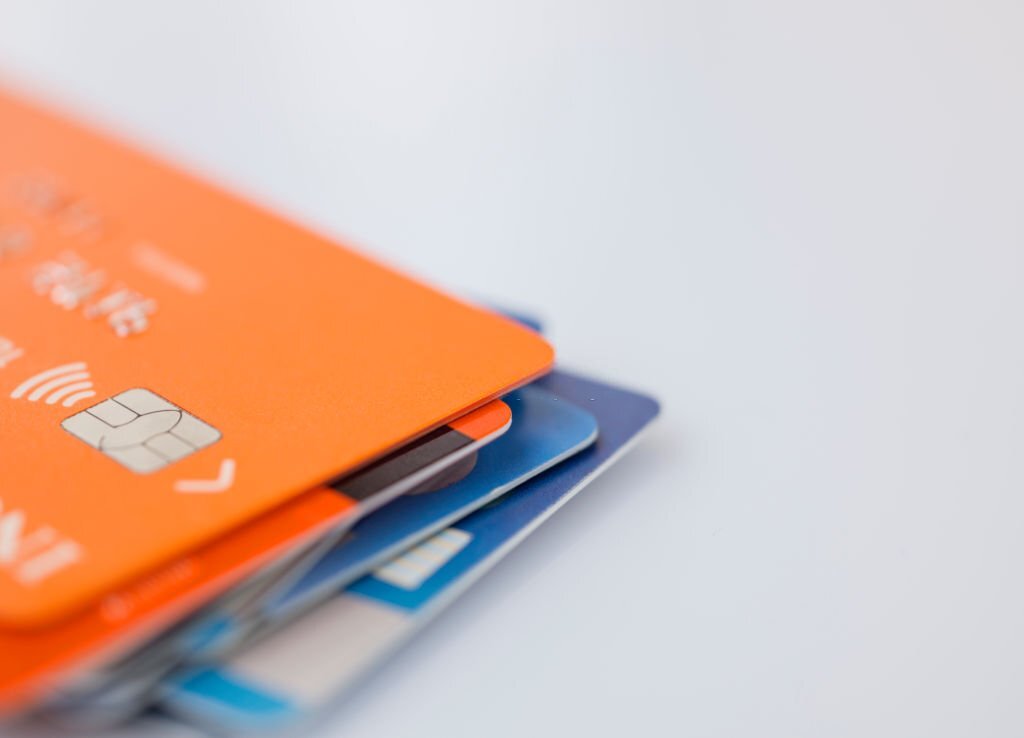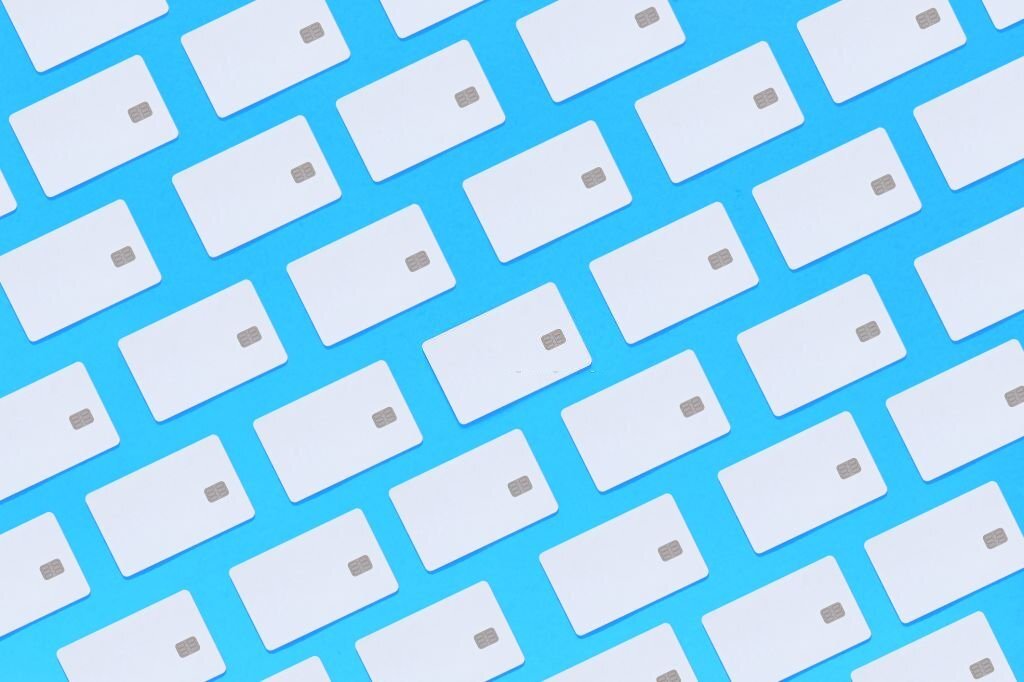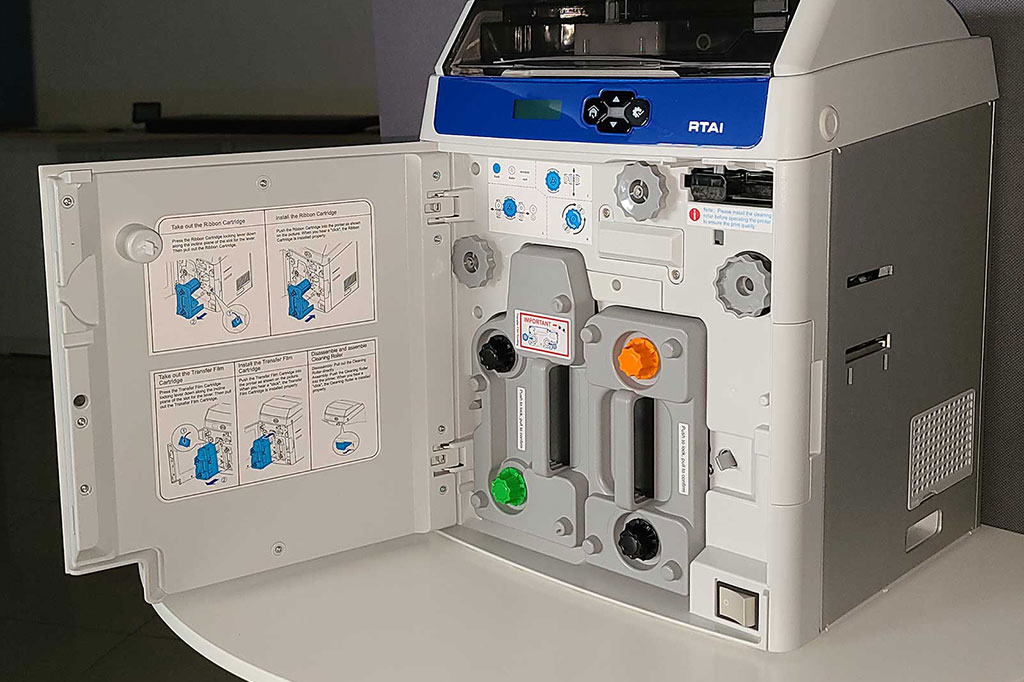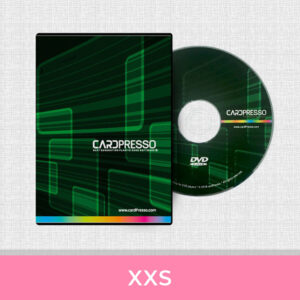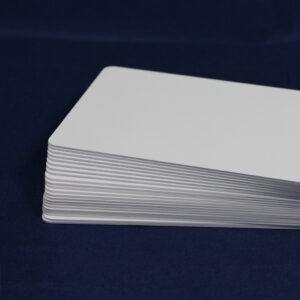Blank PVC Card
A white, unprinted plastic card that can be used for any purpose. Find bestseller
Card Design Software
Software used to create and customize card layouts before printing.
Card Encoding
The process of adding information like magnetic stripes, smart chips, or barcodes to a card during the printing process.
Card Personalization
Card personalization refers to making physical modifications to a card, such as printing on the card’s surface using processes like dye-sublimation, retransfer, inkjet printing, laser engraving, and incorporating a foil stamp hologram. Furthermore, card personalization also involves encoding changes to a card’s smart chip.
Card Printer
A device used to print high-quality images and text onto plastic cards, such as ID cards, membership cards, and badges. Find collection
Chip Card
A chip card, also known as a smart card, is a plastic card with an embedded microprocessor that can store and process data securely. Chip cards can be used for a variety of applications, including payment, access control, identification, and transport.
Cleaning Card
Cards that are used to clean the printhead of a card printer.
Cleaning Kit
A set of supplies and tools used to maintain and clean the card printer, ensuring optimal performance.
CR79
These cards are slightly smaller than CR80 and measure 3.303″ x 2.051″ in size with rounded corners. These are generally used as access control cards using RFID technology and are usually more durable in harsh outdoor environments.
CR80
It represents the most common ID card size and is known as credit card-sized ID card because they are the same size as a standard credit card. CR80 cards measure 2.13″ x 3.38″ (54 mm x 86 mm), with a typical thickness of 30mil. The CR80 dimensions loosely follow the ISO/IEC-7810 ID-1 specification.
CR100
These cards are 3.88″ x 2.63″ in size and are used for large format cards such as event badges, ID cards, or other types of identification cards. These cards can also be encoded with various types of data, such as magnetic stripes or smart chips, to provide additional security or functionality.
DESFire Cards
DESFire cards are a type of smart card that uses advanced encryption standards to ensure secure communication and data storage. DESFire cards are often used in applications such as electronic ticketing, access control, and payment systems.
Direct-to-Card Printing (DTC)
A printing method where the ink is applied directly onto the surface of the card.
Dye-Sublimation Printing
A printing process that uses heat to transfer dye onto a surface, commonly used in card printers for producing vibrant and durable images.
Edge-to-Edge Printing
Printing that covers the entire surface of a card without leaving any borders.
Encoding Software
Software used to program and configure smart cards and other encoded features.
Hologram
A three-dimensional image that is difficult to counterfeit.
Holographic Overlay
A special overlay with holographic elements for added security and visual appeal.
Lamination
The process of applying a clear protective film to a card to increase its lifespan and security features.
Magnetic Stripe
A strip of magnetic material on the back of a card that stores data, commonly used for access control or payment applications.
MIFARE Cards
MIFARE cards are contactless smart cards that use radio-frequency identification (RFID) technology. MIFARE cards are commonly used in public transportation systems, access control systems, and electronic payment systems.
NFC
Near Field Communication (NFC) is a technology that enables short-range wireless communication between two devices, such as a smartphone and a contactless smart card. NFC operates at close distances, typically within 4 centimeters (1.6 inches), and allows for the exchange of small amounts of data. NFC can be used to share information between an NFC tag, a contactless smart card, and an Android device, or between two Android devices.
NFC Tag
NFC tags are passive devices such as a smart card that can be used to communicate with active NFC devices (an active NFC reader/writer).
Overlay
A clear protective layer is applied to the surface of a card after printing to enhance durability and security.
Pantone Matching System (PMS)
A system for identifying and matching specific colors.
Print Resolution
The level of detail and clarity of an image, usually measured in dots per inch (DPI).
Print Speed
The number of cards a printer can produce in a specific amount of time, typically expressed in cards per hour (CPH).
Proximity Card
A card that uses radio frequency identification (RFID) technology to transmit data to a reader.
Ribbon
The consumable component of a card printer, that contains the ink or dye used in the printing process.
Retransfer Film
A film that is used to transfer printed images from a retransfer printer to a plastic card.
Retransfer Printing
A printing process where the image is first printed onto a transfer film and then applied to the card using heat and pressure, providing high-quality and durable prints.
RFID Cards
RFID (Radio-Frequency Identification) cards are plastic cards equipped with an embedded chip and antenna for wireless communication, commonly used for access control, identification, and contactless payment applications.
Ribbon Saver
A printer setting that conserves ribbon usage by skipping unused portions of the ribbon during printing.
Smart Cards
Cards with an embedded microchip that can store and process data, providing advanced security and functionality. More
YMCK
YMCK is a standard color ribbon used in card printing that contains panels for Yellow (Y), Magenta (M), Cyan (C), and Black (K) inks. This combination of colors allows for full-color printing, including photographic images and detailed graphics. YMCK ribbons are commonly used for printing plastic cards, such as ID cards, membership cards, and loyalty cards.
YMCKO
YMCKO is an extended color ribbon that adds an additional panel for O (Overlay) ink. The overlay ink is typically used to print a clear or white layer over the CMYK inks, which can be used to create special effects, such as spot UV printing or embossing. YMCKO ribbons are often used for printing high-quality plastic cards that require additional visual details.
YMCKO2
YMCKO2 is a variation of the YMCKO ribbon that includes two overlay ink panels. This allows for even more creative effects, such as printing multiple layers of clear or white ink to create a more textured or embossed appearance. YMCKO2 ribbons are typically used for printing premium plastic cards that require a high level of visual impact.
YMCKO3
YMCKO3 is a further variation of the YMCKO ribbon that includes three overlay ink panels. This provides even more flexibility for creating intricate designs and special effects. YMCKO3 ribbons are typically used for printing high-end plastic cards that require the ultimate in visual sophistication.
YMCKK
YMCKK is a color ribbon that adds an additional panel for K (Black) ink. This provides a richer and more intense black color compared to the black ink used in standard YMCK ribbons. YMCKK ribbons are often used
for printing cards that require high-quality text or graphics with a strong black presence.
YMCKP
YMCKP is a color ribbon that adds an additional panel for P (Resin) ink. The resin ink is a clear, protective layer that is applied over the CMYK inks to protect the card from scratches and abrasion. YMCKP ribbons are commonly used for printing cards that require durability and a glossy finish.
YMCKUV
YMCKUV is a color ribbon that adds an additional panel for UV (Ultraviolet) ink. The UV ink is only visible under ultraviolet light and can be used to print security features, such as hidden codes or logos. YMCKUV ribbons are often used for printing cards that require additional security measures.
YMCKT
YMCKT is a color ribbon that adds an additional panel for T (Thin) ink. The thin ink is a translucent layer that allows for more subtle and detailed printing, particularly for fine lines and small text. YMCKT ribbons are often used for printing high-resolution cards that require intricate designs.
YMCS
YMCS is a color ribbon that contains panels for Yellow (Y), Magenta (M), Cyan (C), and Clear (S) inks. Clear ink is used to print areas where no color is desired, such as around text or graphics. YMCS ribbons are sometimes used for printing cards that require a clean and uncluttered appearance.
